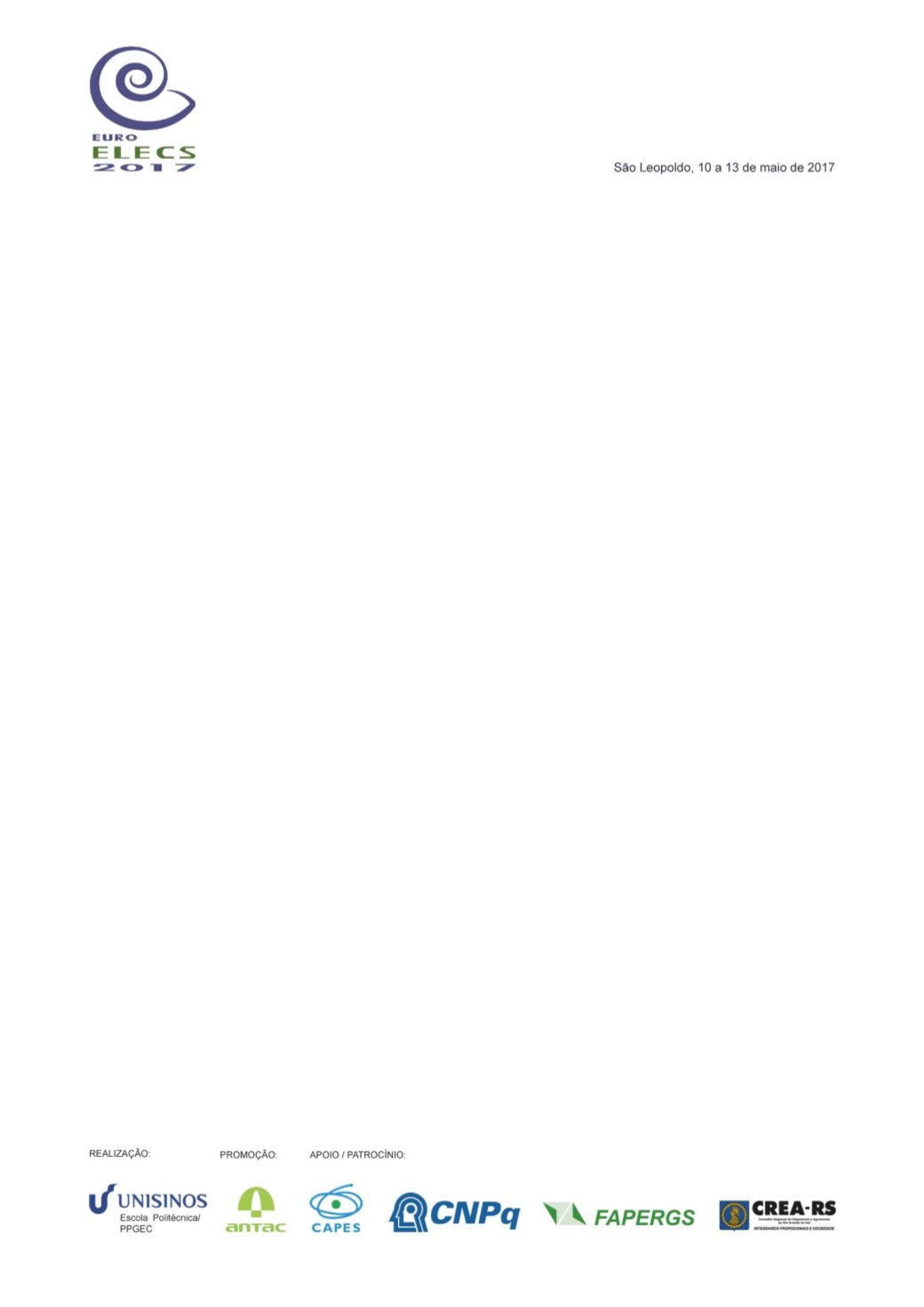

1532
REUSE OF CLASHELL AS COARSE AGGREGATE IN THE MORTAR AND
NON-STRUCTURAL CONCRETE
ABSTRACT
The industry of civil construction industry have been looking for ways to reduce the environmental
impacts involved in their activities, both by the high generation of waste and the use of natural and
finite materials. On the other hand, there are several materials used in other industries that, after
their initial use, end up being discarded in an irregular and random manner. An example of this
comes from the mariculture of the species Anomalocardia brasiliana, which are the shells originated
from the separation of oysters (molluscs) sold all over the coast of the country. Their disposal, as a
rule, is carried out without any type of control, which creates enormous inconvenience for the sellers
and residents of the localities. The present study aims to reuse this residue as aggregate in
composites such as mortars and concrete, by partial or total replacement. Analysis of properties was
performed using the waste in the different forms, as follows: (i) as a small aggregate, replacing the
sand in floor mortars; (ii) as a large aggregate (natural form), replacing the agregates in non-
structural concrete, in addition to the reference samples, without replacement. Cylindrical specimens
(5x10)cm, for mortar, and (10x20)cm, for concrete, were molded, all at the Construction Materials
Laboratory of IFPE - Recife. Mechanical properties (compressive strength, diametral compression
traction, dynamic modulus of elasticity), and also related to durability (accelerated tests at 28 days
and 90 days of total immersion and capillarity absorption) were evaluated. The results obtained
presented acceptable levels of this residue in substitution of the natural aggregates, compatible with
the existing literature, indicating potential of use of these compounds for some purposes.
Keywords:
concrete, mortar, waste, shell of seafood.


















